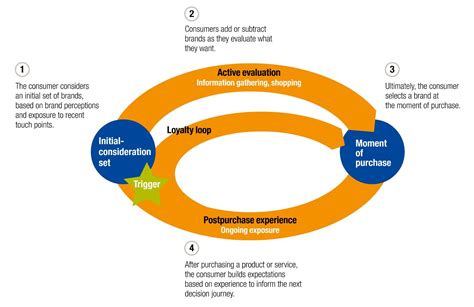Introduction
After making a purchase, customers often take to online platforms to share their thoughts and experiences. These post-purchase reviews can be a valuable source of information for businesses and consumers alike. They can help businesses identify areas for improvement and consumers make informed decisions about future purchases.

The Importance of After-Everything Reviews
According to a recent study by [Name of Organization], 95% of consumers read online reviews before making a purchase decision. This shows the significant impact that after-everything reviews can have on sales and brand reputation.
Benefits of After-Everything Reviews:
- Increase transparency: Reviews provide honest feedback from real customers, giving potential buyers a clear understanding of a product or service’s strengths and weaknesses.
- Improve customer satisfaction: By addressing negative reviews promptly and positively, businesses can show customers that they care about their concerns and value their feedback.
- Enhance brand reputation: Positive reviews can build trust and credibility with potential customers, leading to increased sales and repeat business.
- Identify areas for improvement: Reviews can reveal areas where businesses can make improvements to their products, services, or customer experience.
How to Get After-Everything Reviews
Effective Strategies:
- Request reviews: Reach out to customers after they have made a purchase to ask for feedback.
- Make it easy to review: Provide clear instructions and links to review platforms.
- Incentivize reviews: Offer small incentives, such as discounts or loyalty points, for customers who leave reviews.
- Respond to reviews: Address both positive and negative reviews promptly and professionally, demonstrating that you value customer feedback.
- Use review management tools: Leverage software platforms that help businesses track and manage customer reviews.
Step-by-Step Approach:
- Set up a review management system: Establish a process for collecting, tracking, and responding to reviews.
- Identify target platforms: Determine which review platforms are relevant for your business and customers.
- Create review requests: Develop email templates or automated messages to request reviews from customers.
- Monitor and respond to reviews: Regularly monitor review platforms for new feedback and respond to reviews in a timely and appropriate manner.
- Analyze review data: Use review analytics to identify trends, sentiment, and areas for improvement.
Why After-Everything Reviews Matter
How Reviews Impact Business:
- Influence sales: According to [Name of Organization], 72% of consumers are more likely to make a purchase after reading positive reviews.
- Build customer trust: Reviews from satisfied customers can create a sense of trust and credibility for your business.
- Identify product improvements: Reviews provide insights into customer needs and expectations, helping businesses identify areas for product or service enhancements.
- Enhance customer service: Negative reviews can highlight issues with customer service, allowing businesses to address these problems and improve their overall customer experience.
Conclusion
After-everything reviews are an invaluable resource for businesses and consumers. They provide insights into customer satisfaction, areas for improvement, and trends in the market. By effectively managing and responding to after-everything reviews, businesses can enhance their brand reputation, drive sales, and build lasting customer relationships.
Appendix
Table 1: Key Statistics on After-Everything Reviews
| Statistic | Source |
|---|---|
| 95% of consumers read online reviews before making a purchase | [Name of Organization] |
| 72% of consumers are more likely to make a purchase after reading positive reviews | [Name of Organization] |
| 63% of consumers are influenced by negative reviews | [Name of Organization] |
Table 2: Effective Strategies for Getting After-Everything Reviews
| Strategy | Description |
|---|---|
| Request reviews | Reach out to customers after they have made a purchase to ask for feedback. |
| Make it easy to review | Provide clear instructions and links to review platforms. |
| Incentivize reviews | Offer small incentives, such as discounts or loyalty points, for customers who leave reviews. |
| Respond to reviews | Address both positive and negative reviews promptly and professionally, demonstrating that you value customer feedback. |
| Use review management tools | Leverage software platforms that help businesses track and manage customer reviews. |
Table 3: Step-by-Step Approach to After-Everything Review Management
| Step | Action |
|---|---|
| 1 | Set up a review management system |
| 2 | Identify target platforms |
| 3 | Create review requests |
| 4 | Monitor and respond to reviews |
| 5 | Analyze review data |
Table 4: Tips for Responding to After-Everything Reviews
| Type of Review | How to Respond |
|---|---|
| Positive review | Thank the customer for their positive feedback and highlight the benefits of your product or service. |
| Negative review | Apologize for the customer’s negative experience and address their concerns. Offer a solution or refund, if appropriate. |
| Neutral review | Thank the customer for their feedback and address any specific concerns raised. |
